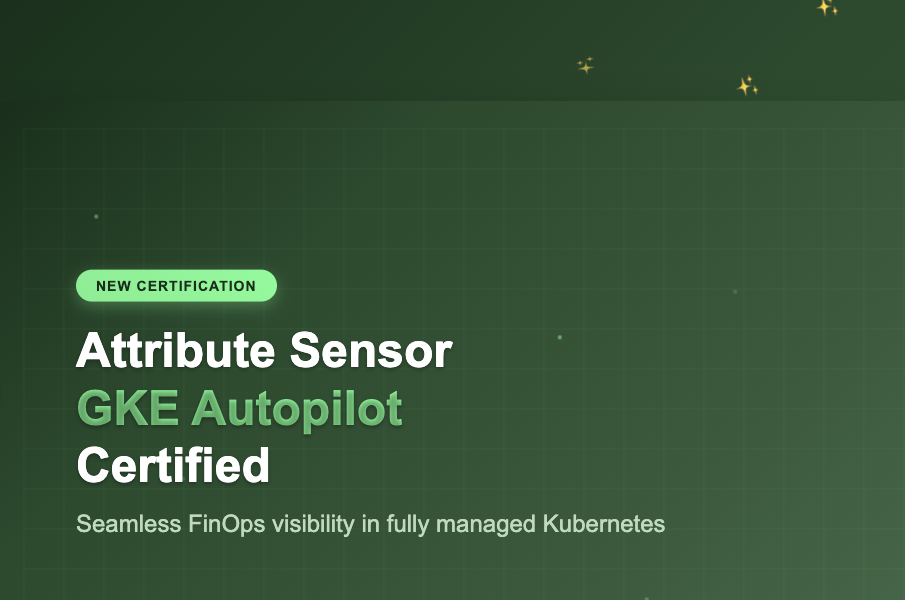When it comes to driving growth in SaaS companies, pricing is often the most overlooked lever, yet it’s one of the most powerful. A study by Momentum91 of 10,342 blog posts across hundreds of SaaS companies revealed that only 1 in 10 growth-focused articles mention pricing, while 7 focus on acquisition and 2 on retention. Ironically, monetization—how you price and monetize your customers—has the greatest impact on growth, surpassing both acquisition and retention.
Among the various pricing strategies, cost-plus pricing stands out as a strong foundation, especially for SaaS companies looking for a straightforward, dependable method. Cost-plus pricing works by calculating the cost of delivering your product or service and adding a margin on top for profit. For many SaaS companies, this means accounting for product development, hosting, and team salaries, among other expenses. By adding a reasonable profit margin (e.g., 5%, 10%, or 20%), companies ensure they cover their costs and pave a path to profitability.
While cost-plus pricing is simple and reliable, the biggest challenge companies face when implementing this strategy is the lack of accurate data. While there are best practices for understanding customer acquisition costs (CAC), including how to structure marketing efforts and sales personas, a significant gap remains in understanding the cost of cloud infrastructure per client. This is crucial for SaaS companies, where cloud costs make up the second largest portion of customer costs, yet are often a “black box” due to a lack of tools to accurately track them.
Some companies attempt to overcome this challenge by using complex tagging or even maintaining single-tenant infrastructure per customer. However, these approaches are becoming obsolete as most SaaS companies transition to shared-resource infrastructure and multi-tenant applications to take advantage of modern cloud capabilities. This shift makes it increasingly difficult to attribute cloud costs to individual clients accurately.
Additionally, SaaS companies often face uncertainty about customer consumption profiles. While metrics like the number of users, accounts, or assets are commonly used during customer acquisition, these factors are often poor predictors of actual cloud resource consumption over the long term. The dynamic nature of cloud infrastructure usage, especially in multi-tenant environments, makes it challenging to forecast the true cost of a customer in the years ahead.
To fully leverage the incredible growth potential in today’s SaaS economy, companies need more than just surface-level insights—they need data, and specifically, they need to understand the exact cost of each customer. In a market where cloud costs are a significant driver of overall expenses, accurate customer cost analysis is no longer optional. It’s a necessity for companies that want to tap into unused potential and focus on real, sustainable growth.
In the multi-tenant, shared-resource environments that define modern SaaS infrastructure, the challenge is understanding cloud costs at a granular level for each individual customer. Without this, companies are flying blind. But with detailed insights, they can optimize gross margins, refine pricing strategies, and forecast customer consumption more accurately.
That’s why, at Attribute, we’ve developed technology designed to uncover these exact costs. Our solution is purpose-built for complex infrastructure, helping companies identify the specific cloud costs associated with each customer, even in shared environments. By offering high levels of granularity, we empower businesses to make informed decisions about pricing and margins.
With the data Attribute provides, companies can analyze customer profiles and predict future cloud consumption far more accurately. This is critical for creating tailored pricing strategies that reflect the actual value delivered, enabling better margins and greater efficiency. In the end, it’s about giving companies every possible edge to succeed—and Attribute’s technology is that edge. We’ve made it possible to tap into this hidden potential, and the results speak for themselves.






